Portugal: Forces from four countries to police pilgrimage to Fatima 12-13 May
Angola: Plans to expand regional museum of kingdom of Kongo, recover items

Photo: Lusa
The Regional Museum of the Kingdom of Kongo once had more than 2,000 artefacts, but on Sunday, its collection has just over 100 pieces. The Angolan government hopes to increase this number with items recovered from other countries.
The museum, housed in the former royal palace built in 1901, is spread over six small rooms, with portraits of royal figures and Henrique, son of the King of the Congo, the first black African bishop, consecrated in 1520, standing out at the entrance.
There are also aspects of socio-economic life, including artefacts linked to hunting and fishing, as well as coins used for trade – small shells called zimbos – objects for personal use, symbols of royal power, clothing, musical instruments and others for ritual use or used in traditional treatments, as the knowledgeable guide Kediamosiko Toko explained to Lusa.
There is also a replica of the Pedra de Yalala, with inscriptions by Diogo Cão, the Portuguese navigator who arrived on the Angolan coast in 1482. It is now in a village near Matadi (Democratic Republic of Congo).
The Kingdom of the Congo expanded at that time to include three countries—the Democratic Republic of the Congo, Congo Brazzaville, and part of Gabon—in addition to the current six northern Angolan provinces, which led the Angolan government to change the museum’s status, explained the director, Avelino Manzueto.
On 8 November 2023, the former Museum of the Kings of the Congo was converted into the Regional Museum of the Kingdom of Kongo so that its dimension “covers an international level”, he explained, adding that there is also a cooperation project to rescue “some collections that are in other countries”.
According to Manzueto, the museum, which was closed between 1982 and 2007 and reopened in 2007, “lost many pieces due to the war and was left in a state of abandonment” and currently has 105 pieces.
“We have already identified some countries, not only in terms of collections but also literary works and art, namely Brazil. We know about Brazil’s relationship with Angola, the issue of the triangular (slave) trade, the role of the Kingdom of Congo, the United States of America, Belgium, and Portugal itself because Angola was an overseas province of Portugal,” he emphasised.
Avelino Manzueto said that the work is being carried out with specialists and researchers “with a view to cooperation” so that there is “the opportunity to rescue museum collections”.
“We know that some museums have exhibits on the kingdom of Congo. And not just pieces, but also literary works and art,” he emphasised.
He gave the example of the Royal Museum of Central Africa in Belgium, which has a vast collection of artefacts, including sculptures, masks, and other cultural objects. A strategy is being developed through the cultural representatives in these countries to sign agreements so that the collections can be identified and a history of each piece can be made.
“We could, for example, receive our original piece or have it exhibited in that museum and receive a replica,” he suggested.
Avelino Manzueta emphasised that increasing the collection would attract more tourists in addition to its importance for cultural identity.

Last year, the museum welcomed 7,420 visitors from various countries worldwide, including Portugal, Brazil, Germany, the two Congos, South Africa and Zambia.
For the museum head, the challenge is also to strengthen human resources, renew the exhibitions, and create strategies so that it is possible to build a new museum with an international dimension, “based on the pillars of the three Congos, with Angola, DRCongo and Brazzaville”, a joint project intended to involve specialists from various countries.


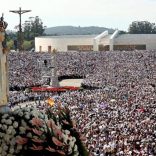
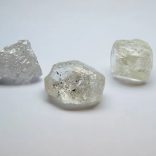

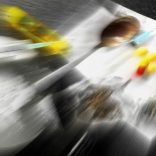
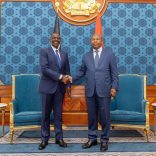
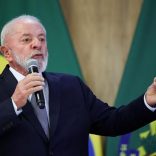
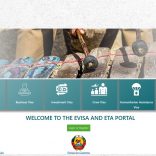

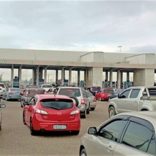
Leave a Reply
Be the First to Comment!
You must be logged in to post a comment.
You must be logged in to post a comment.